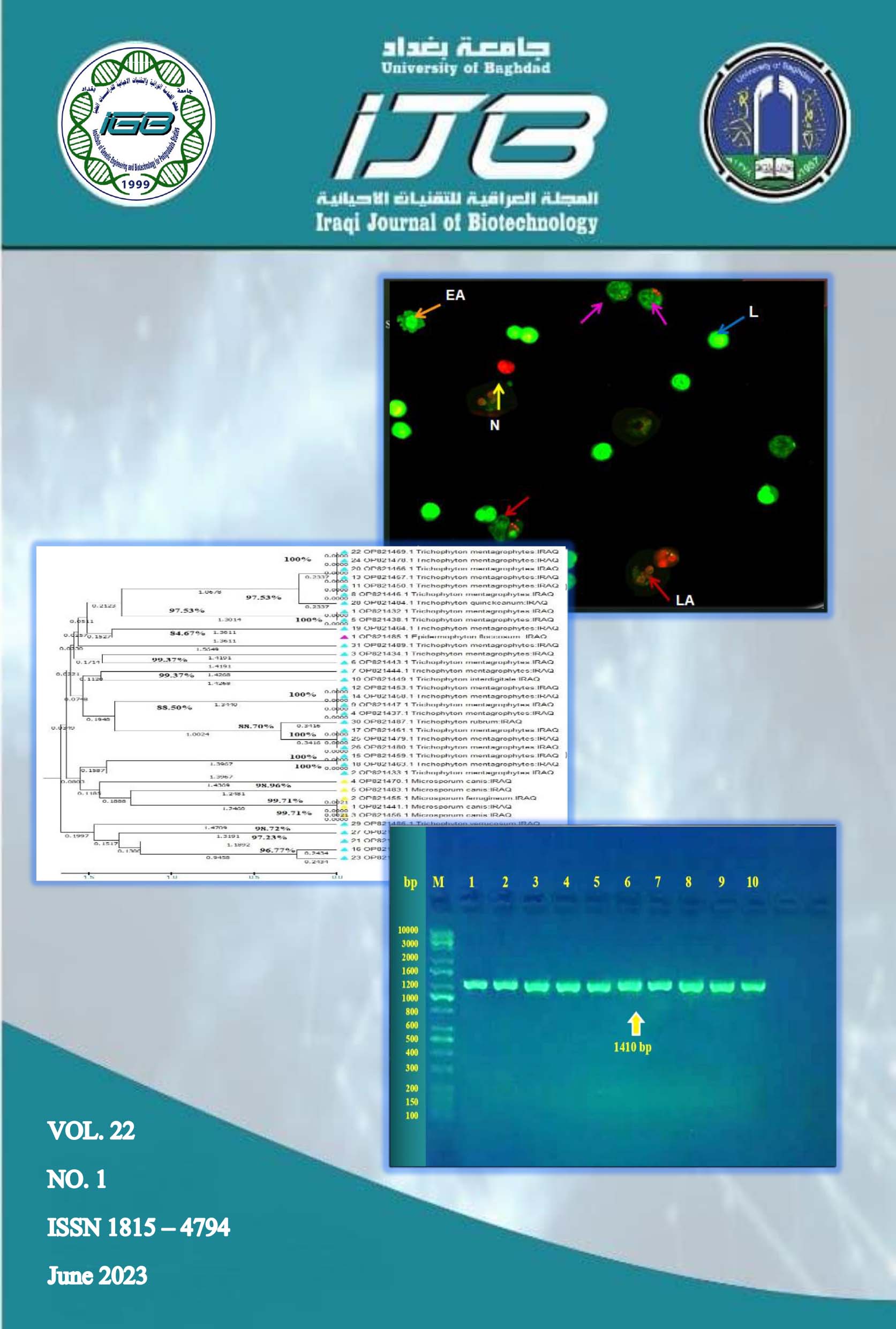Evaluation of some Interleukins in Sample of Iraqi Female Patients with Rheumatoid Arthritis
Abstract
Rheumatoid arthritis, commonly abbreviated as RA, an autoimmune systemic disease, is characterised by symmetric inflammatory polyarthritis. Rheumatoid arthritis mostly affects joints that are smaller, such as those in the feet and hands but it can also impact larger joints. Cytokines play an important role in the etiopathogenesis of rheumatoid arthritis during the course of the disease; inflammatory responses and joint degradation are probably caused by cytokines. The following research was carried out on 100 female RA patients and 100 female healthy control with mean ages of patients and controls (37.44±23.10 and 49.74±9.775) respectively. Erythrocytes Sedimentation Rate (ESR), Rheumatoid Factor (RF), Serum C-reactive Protein (CRP), and Anticyclic Cetrolinated Peptide (Anti-CCP) were investigated in this study with concentrations (37.44±23.10 mm/h , 22.72±1.44 IU/ml, 16.56±0.842 IU/ml and 28.09±6.68 EU/ml), respectively. This study was examined the interleukins levels (IL-34, IL-36 and IL-37) during the development of Rheumatoid Arthritis (RA) in Iraqi female. The differences in the levels of interleukins in the serum of patients as compared to healthy controls have been included in the study. The study concluded that the serum level of (IL-36 and IL-37) appeared a higher significant differences (p<0.0001) in patients compared with the healthy control, (11.45±3,3ng/mL vs 7.9±2.1 ng/mL) and (111.6±21.9 ng/mL vs 78.7±19 ng/mL) respectively. It was concluded that the rheumatoid arthritis patients' serum levels of (IL-34) were markedly lower than those of the controls (130±60.7 ng/mL vs 185.9±31.6 ng/mL) (P<0.001).


